🗃️ Interested in 17th-century Georgian-Persian manuscripts?📜 🤓Guest contributor Helen Giunashvili provides some digitized examples of bilingual illuminated deeds elucidating historical and social-cultural relations between 🇬🇪Georgia and 🇮🇷Safavid Iran. digitalorientalist.com/2024/09/27/d...#DH

This is a guest post by Helen Giunashvili | George Tsereteli Institute of Oriental Studies/Ilia State University Introduction In the 16th-18th centuries, under conditions of the incorporation…
Part 2 of Erica Biagetti's series on Sanskrit oral-formulaic diction is live! 🗃️ Find out how the formula "KILL THE DRAGON" was revealed in the Rigveda🐉🤔📜 #linguistics#digitalhumanities#History#Academicskydigitalorientalist.wordpress.com/?p=13400&previ…
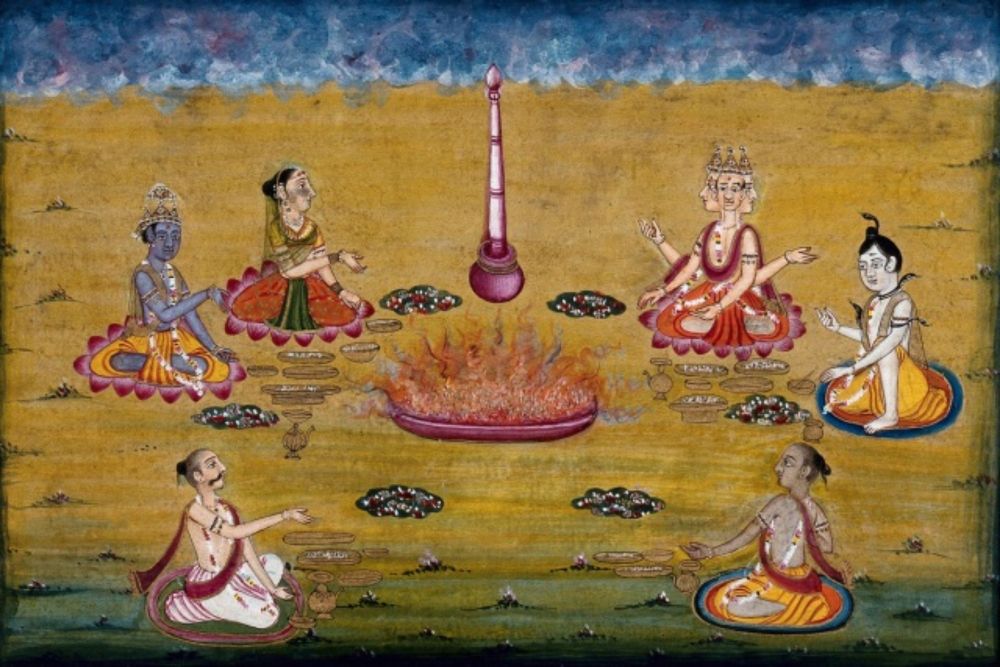
In the first post of this series, I introduced the notion of formularity in oral poetry along with a new linguistic approach that treats formulas as constructions of ordinary language. In this piece, ...
🗃️Check out Erica Biagetti's latest post, combining #Sanskrit#WordNet#Treebank#Linguistics#oralpoetry#history#academicskydigitalorientalist.com/?p=13366 Stay tuned for part two!
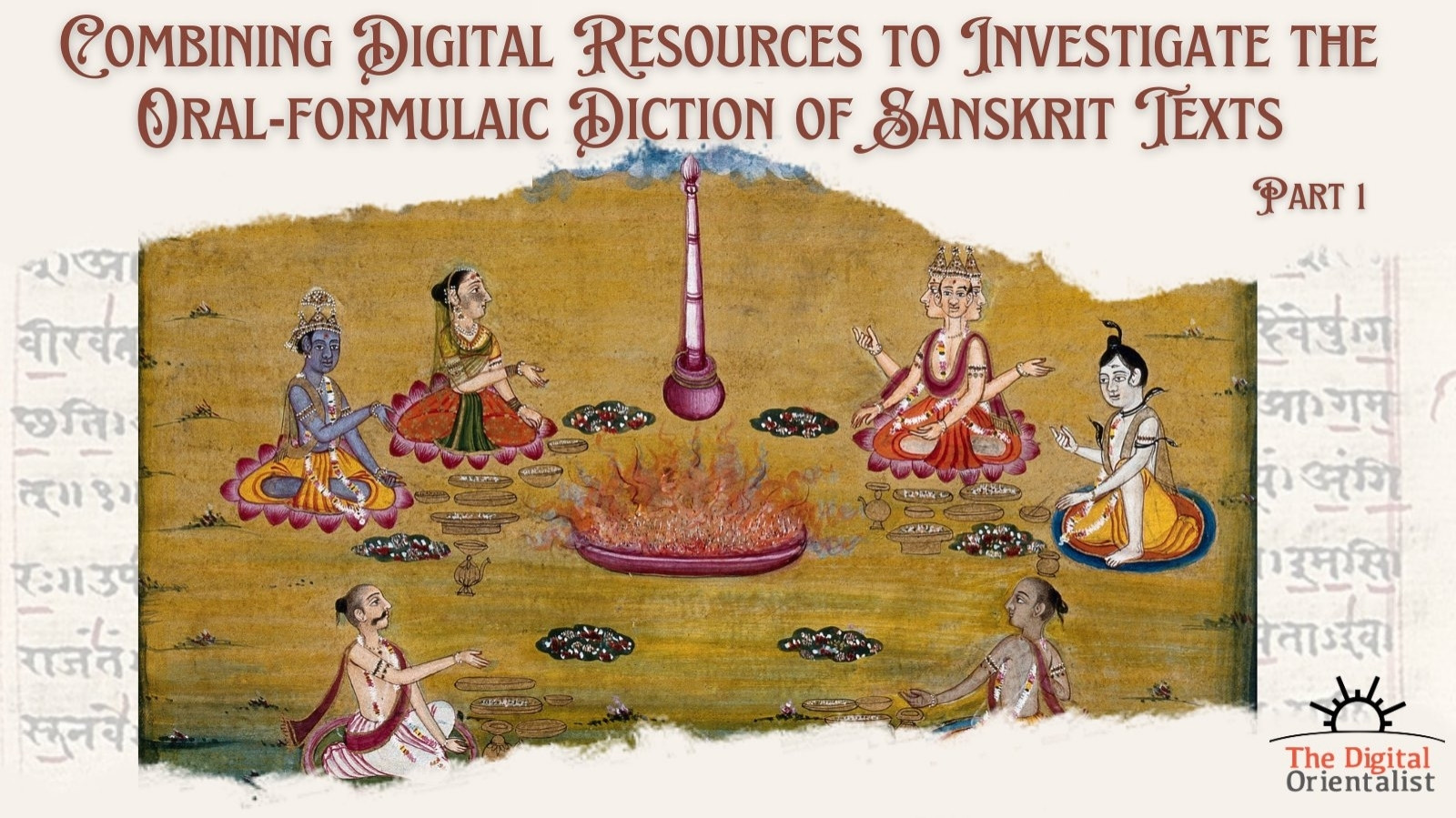
new piece for the @digitalorientalist.bsky.social#CambrdigeUni#甲骨文digitalorientalist.com/2024/09/17/j...
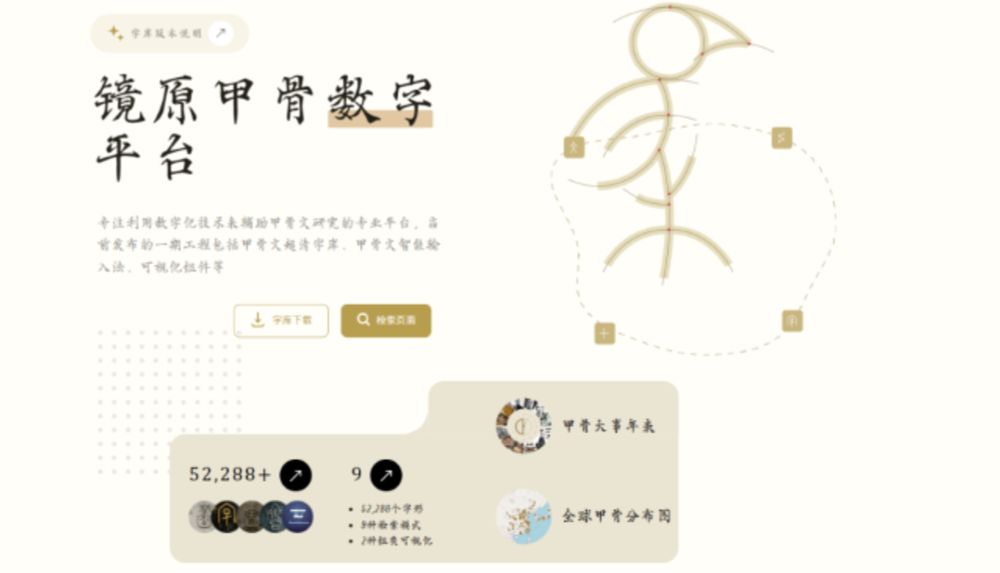
This is a guest post by Peichao Qin | University of Cambridge. Tired of struggling to find and type out complex oracle bone script characters? You’re not alone. For years, scholars and enthusiasts ali...
🗃️Part 2 of @soni_archivist takeaways from “AI: Future of the Commons: A Conversation on Artificial Intelligence, Indian Languages and Archives” - this time she reflects on discussions around archiving in #Indian#languagesdigitalorientalist.wordpress.com/?p=12982&previ… #H #linguistis #research
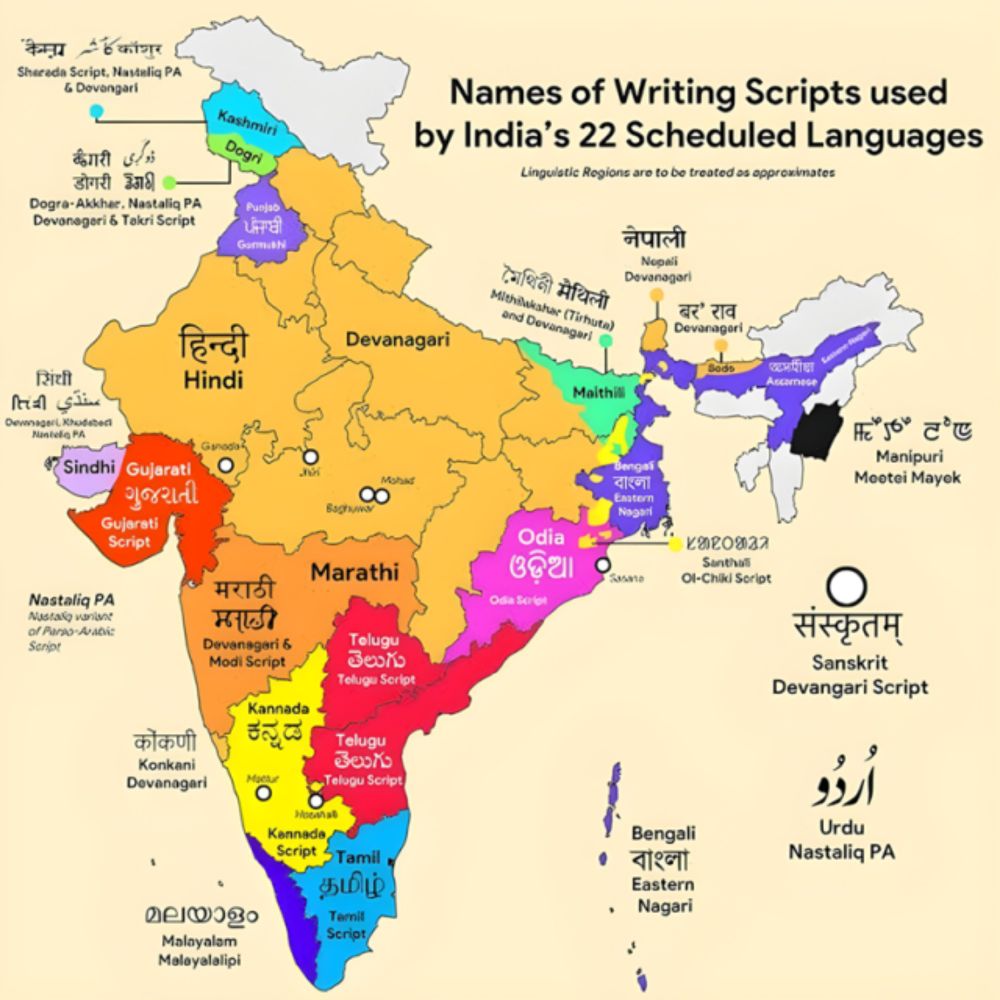
This is a follow-up to part one on the "Future of the Commons" conference published earlier this week. While that article focused on developments in AI for Indian languages, this one documents the sta...
Soni Wadhwa gives us her six key takeaways from a recent conference🤖 “AI: Future of the Commons: A Conversation on Artificial Intelligence, Indian Languages and Archives.” 🗃️Part two is out this Friday. digitalorientalist.com/2024/09/10/a...#digitalhumanities#india#AI#academicsky#southasian
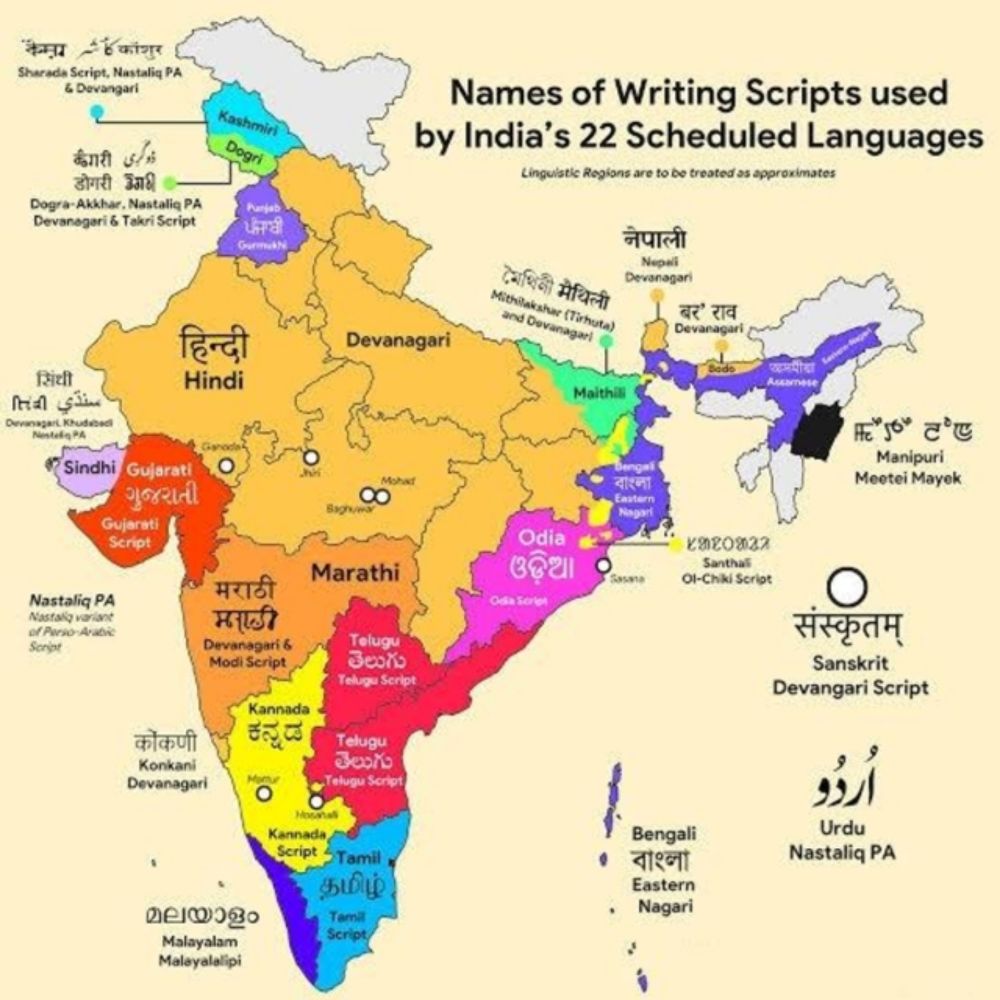
With recent advancements in AI, including developments by Sarvam AI and Hanooman AI, creating a lot of hype around large language models (LLM) in Indian languages, it is time to reflect on what kind o...
the @digitalorientalist.bsky.socialdigitalorientalist.com/2024/09/06/i...

It has been another busy and exciting year for The Digital Orientalist. Our 10th anniversary was a special occasion, marked by the introduction of several new features that have our enhanced our platf...
We're back for the 2024/25 academic season📜🎉 Find out about our team updates here: digitalorientalist.com/2024/09/06/i...#DH#academicsky#research#article#history

It has been another busy and exciting year for The Digital Orientalist. Our 10th anniversary was a special occasion, marked by the introduction of several new features that have our enhanced our platf...
📺 Part 1 offers an introduction to bidi and is available on the Unicode Consortium YouTube channel: www.youtube.com/watch?v=TWfv...

EVENT: Bidirectional Text (Part 1): The Basics of Bidi DATE: June 25, 2024 Chapters 0:00 Introductory Slide 1:45 Session begins 3:07 Basics of Bidi Presentation 39:05 Presentation Summary 40:54 Further Reading/Resource Links 42:07 Q & A DESCRIPTION: A number of scripts, such as Arabic, Hebrew and Urdu, write their letters horizontally on a page or screen, running right to left. A complication for these scripts is that other characters, such as digits, flow left-to-right, and can occur on the same line, or even alongside other left-to-right text, such as Latin. Text that handles both right-to-left and left-to-right text is called “bidirectional” text (“bidi” in short). How to handle bidi text on browsers and in other software is challenging for both general users and implementers. This webinar will describe the basics with examples. It will be followed by a live question-and-answer period. A more in-depth question and answer session will take place August 13, 2024. PRESENTERS: Richard Ishida served as the Internationalization Lead for the World Wide Web Consortium (W3C) for 20 years. Since the 1990s, Richard has been on a never-ending crusade to educate the world's programmers to a wide variety of internationally important issues. He has been a valued contributor to the Unicode standard as a member of the Unicode Editorial Committee, as well as the Unicode Script Encoding Working Group. Richard received a Unicode Bulldog award in recognition for his work. Roozbeh Pournader is an internationalization engineer who has been contributing to the Unicode Standard since 1999. He started his internationalization career in Iran in 1994 when he was a high school student. After moving to the United States, he has worked at companies such as Google and WhatsApp. He has received a Unicode Bulldog award for his contributions to Unicode and CLDR’s support for complex scripts and is Vice Chair of the Unicode Script Encoding Working Group. UNICODE LINKS Technical Quick Start Guide: https://home.unicode.org/technical-quick-start-guide/ Become a Unicode Member: https://home.unicode.org/membership/membership-levels/ Support Unicode: https://home.unicode.org/support-unicode/ Unicode Website: https://home.unicode.org
📢 Join the Unicode Consortium for an in-depth Webinar on Bidirectional Text (Bidi Part 2) 🗓️ Tuesday, August 13, 2024 🕒 10:00 (PST) This will touch on the practical applications of bidirectional text processing. 🔗 Register for the free webinar: us06web.zoom.us/webinar/regi...
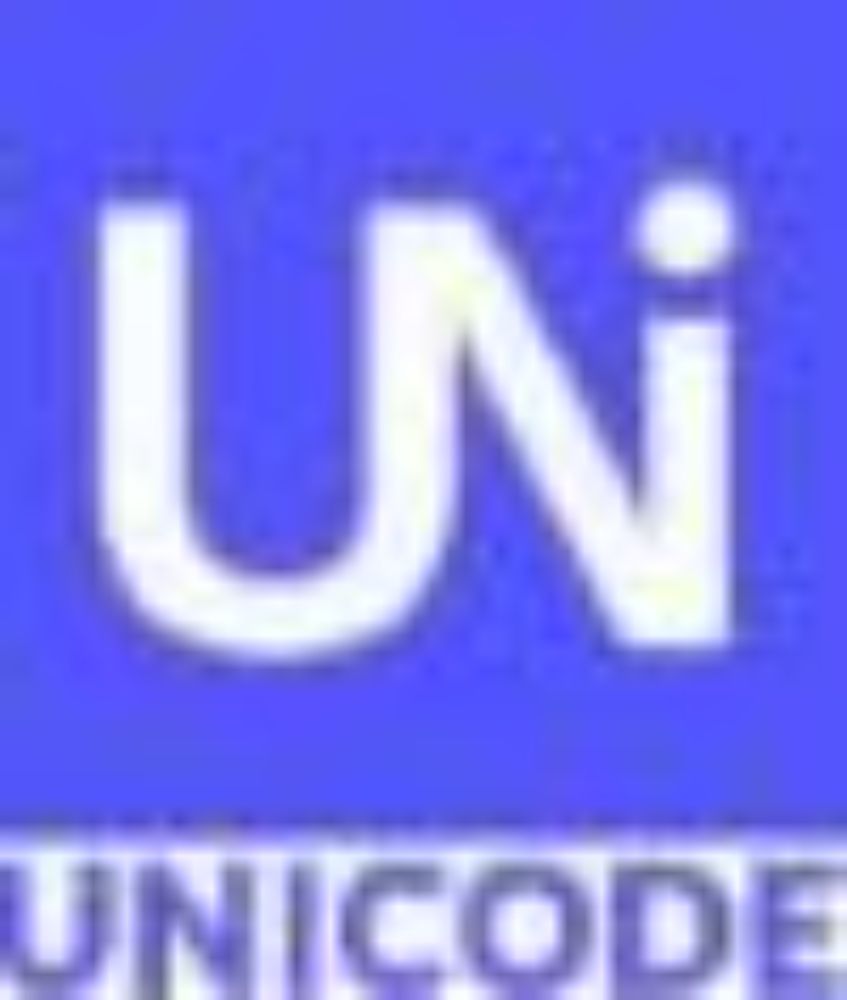
This event is the second of a three-part series on bidirectional text (“bidi”). Bidi is a feature of certain scripts – such as Arabic, Hebrew, and Urdu – that write their letters horizontally right-to...